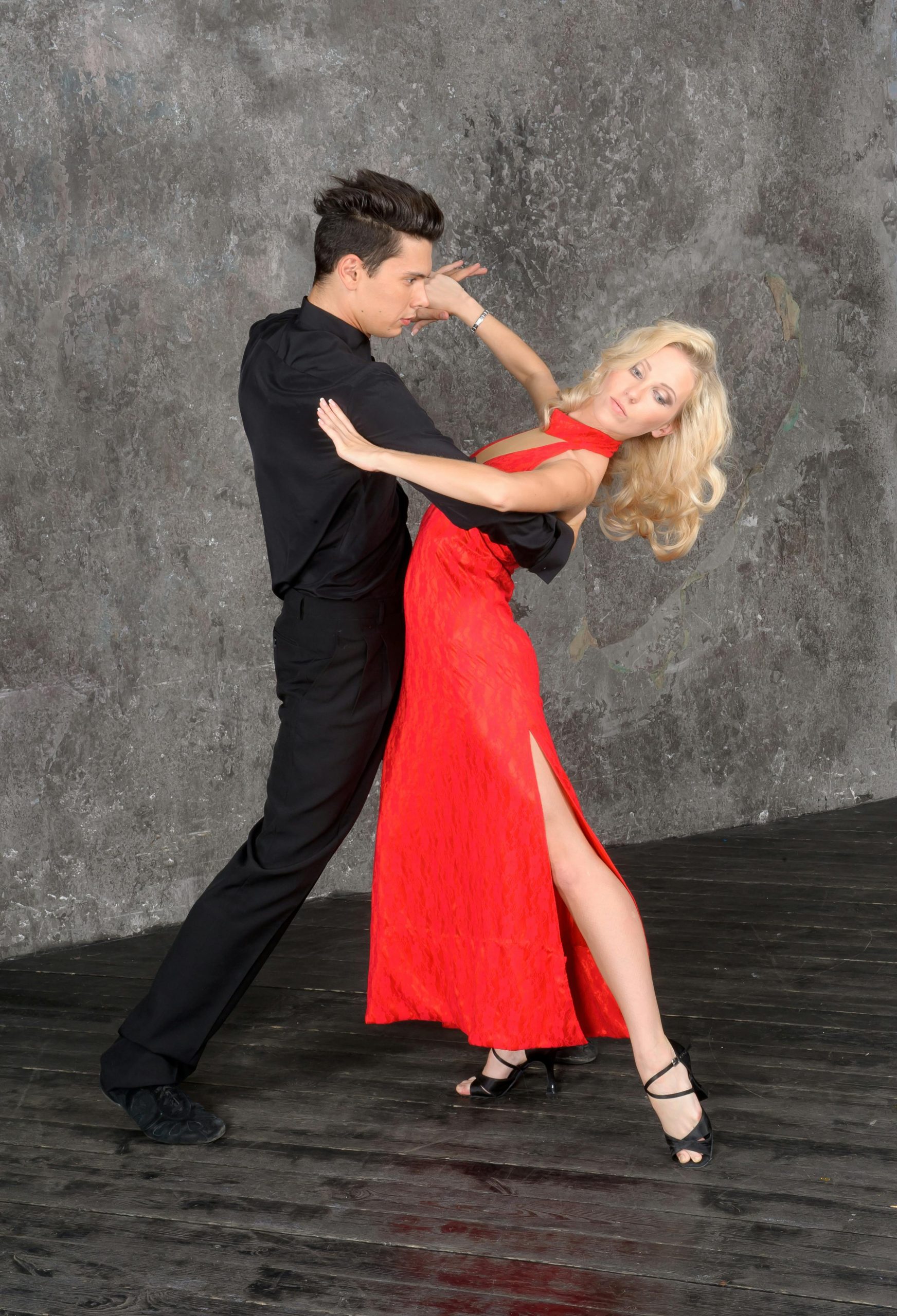Introduction
In the realm of Indian classical dance, jewelry does more than just accessorize—it enhances, embodies, and elevates the art form. Each piece of jewelry worn by dancers is steeped in tradition and rich with symbolism, playing a crucial role in the visual storytelling of performances. This article delves into the significance and beauty of jewelry in Indian classical dance, exploring its various forms and functions.
Symbolic Significance



Jewelry in Indian classical dance is not merely decorative; it carries deep symbolic meaning. Each piece is selected to reflect aspects of the dance’s narrative content or the dancer’s role. For example, the headpiece or ‘mukut’ may symbolize divine connection in dances that depict deities, while bangles and anklets emphasize the rhythmic aspects of the dance movements.
Traditional Pieces and Their Roles
Each style of Indian classical dance features specific types of jewelry that complement the costume and enhance the dancer’s movements:
- Bharatanatyam: This dance form utilizes temple jewelry, which includes items like ‘jhumkas’ (bell-shaped earrings), ‘vangi’ (arm bracelets), and ‘oddyanam’ (waist belts). These pieces are usually made of gold and embedded with precious stones to catch the light during performances.
- Kathak: Jewelry for Kathak dancers includes delicate pieces that highlight their subtle movements. ‘Payals’ (anklets) with small bells are particularly important as they accentuate the intricate footwork and rhythms.
- Odissi: In Odissi dance, silver filigree jewelry is prevalent, featuring designs that reflect the natural beauty and spirituality of Eastern India. Pieces often include ‘matha patti’ (headbands) and ‘kamarbandh’ (waistbands), which outline the dancer’s graceful movements.
Innovation and Adaptation
Moreover, contemporary adaptations have seen innovations in the materials and styles of jewelry used in classical dance. While maintaining traditional designs, modern jewelers sometimes use lighter, durable materials that reduce the strain on dancers without compromising the aesthetic appeal. This allows dancers to perform complex routines more comfortably and safely.
Artistry and Craftsmanship
The creation of dance jewelry is an art form in itself, requiring skilled craftsmanship. Artisans spend hours, often days, handcrafting each piece to ensure it is both beautiful and functional. The attention to detail ensures that the jewelry not only withstands the rigors of performance but also complements the intricate costumes and themes of the dances.
Cultural Preservation and Education

Wearing traditional jewelry also serves as an act of cultural preservation and education. It introduces audiences to the rich artistic traditions of India and educates them about the symbolic meanings embedded in the dance and its adornments.
Conclusion
Jewelry in Indian classical dance is a testament to the art form’s elegance and depth. It enhances the visual impact of the dance, enriching both the aesthetics and the narrative. As dancers continue to grace stages around the world, their divine adornments remain a pivotal aspect of their storytelling arsenal.
Embrace the radiant world of Indian classical dance, where every piece of jewelry tells a story of heritage, craftsmanship, and divine beauty, enhancing the mesmerizing performances that captivate audiences globally.

